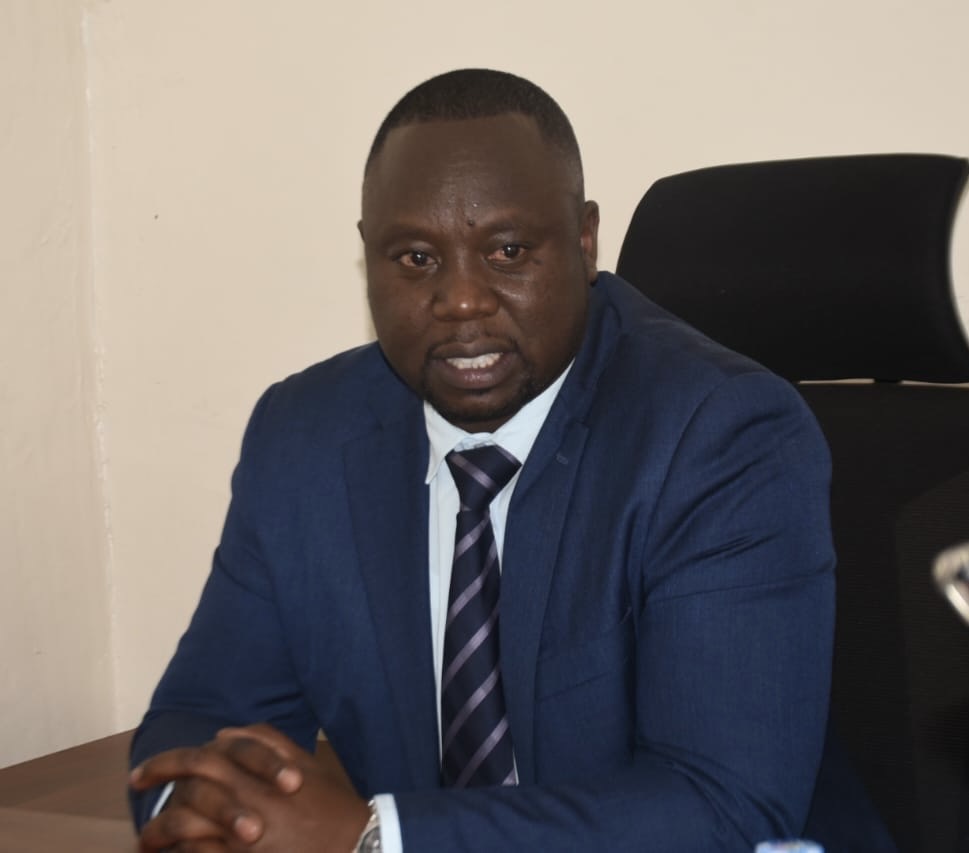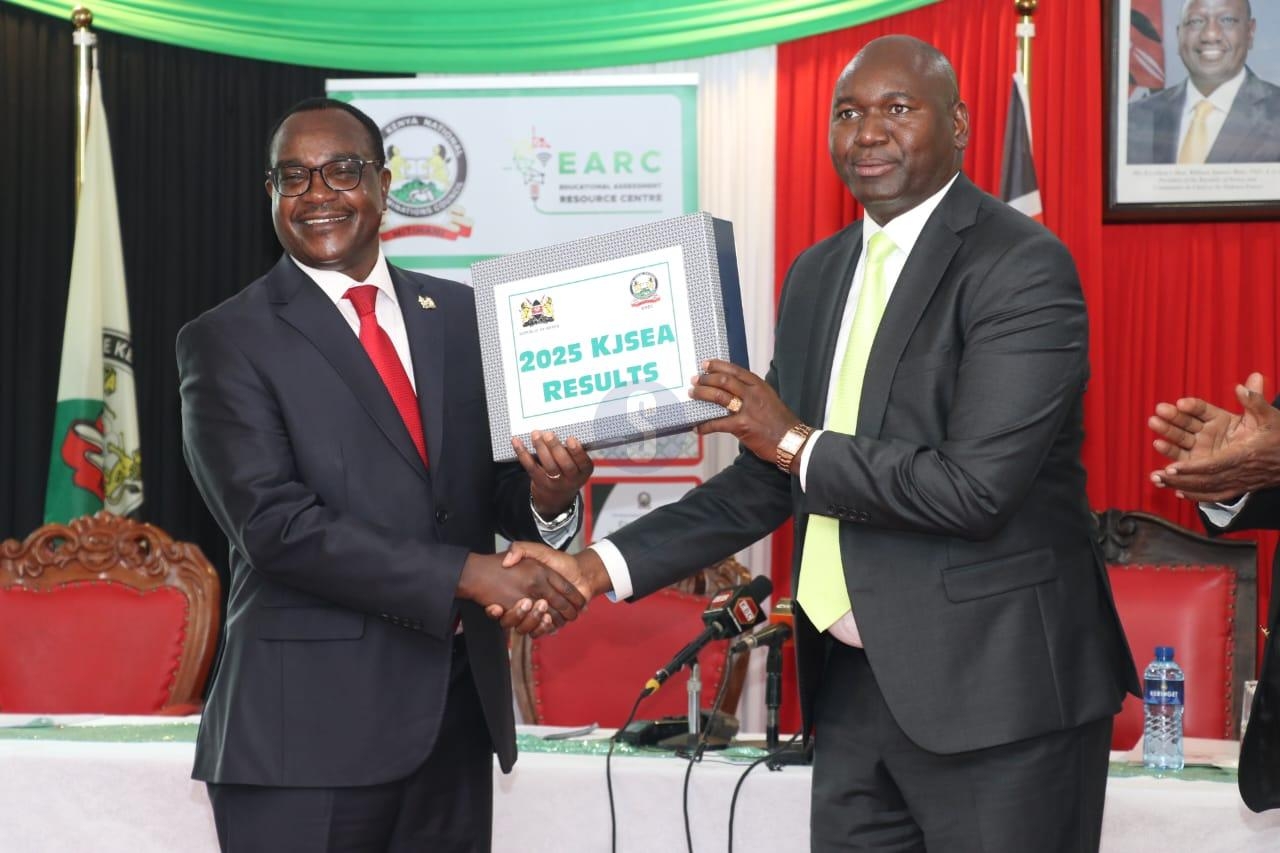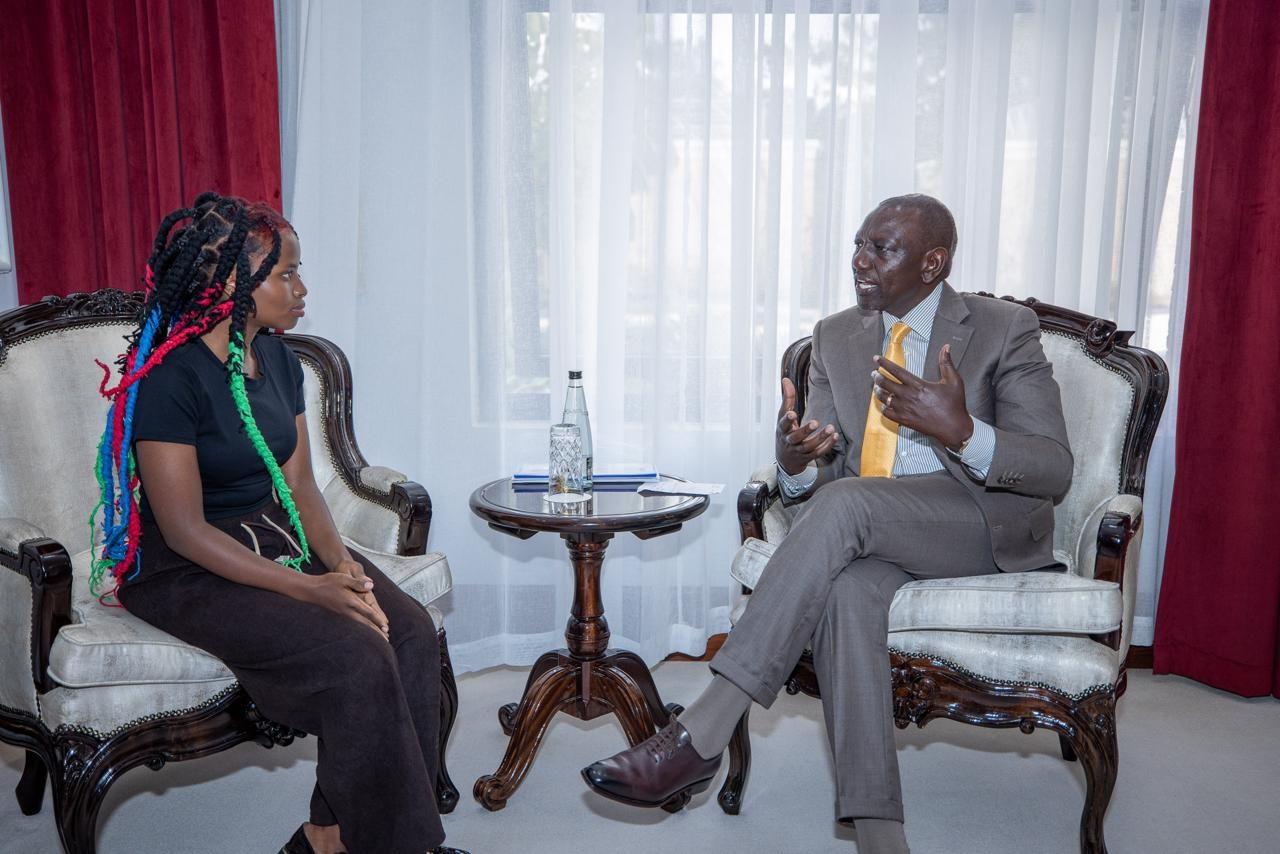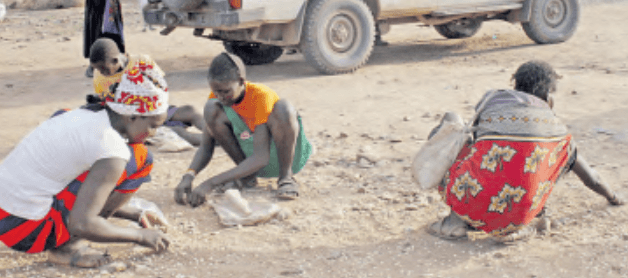

Governor Jonathan Bii’s administration has unveiled a new healthcare model aimed at managing most of its health services without relying on donor funding.
In partnership with Ampath Uzima, Uasin Gishu has rolled out the County Mentorship and Transition (CMaT) model—a framework designed to strengthen health systems, improve efficiency and promote sustainability.
The move follows the withdrawal of US funding for HIV/Aids programmes and declining donor support for other health initiatives across the country.
Previously, Ampath Uzima managed HIV/Aids programmes in the county under US funding, but the new model shifts ownership and financing to the county government.
Health executive Joseph Lagat described CMaT as a “wholly county-owned and financed system” that seeks to deliver quality healthcare while reducing reliance on external donors.
“CMaT is not just a model but a blueprint for a county-driven HIV epidemic response and broader health programme delivery. It is rooted in strong governance, strategic partnerships and legislation that ensures donor funding aligns with county health priorities,” Lagat said during a sensitisation forum for health managers and programme officers.
He urged stakeholders to help develop legislative frameworks to regulate donor engagement and ensure alignment with local health priorities.
Lagat noted that as Kenya transitions from donor-dependent programmes, the CMaT model stands out as a pioneering framework that could redefine county-level healthcare through leadership, innovation and community ownership.
“We must develop homegrown models that are sustainable and resilient to challenges,” Lagat added.
Prof Sylvester Kimaiyo, chief of party at Ampath Uzima, praised the initiative as a catalyst for deeper community involvement.
“CMaT puts the power back in the hands of the people. It ensures equity, responsiveness and transparency—principles critical for effective health outcomes,” he said.
Counties must now lead in health programming and management, Kimaiyo added.
Dr Paul Wangwe, chief officer for Promotive and Preventive Health, emphasised a One Health approach linking human, animal and environmental health.
He underscored the importance of community mobilisation to build ownership and accountability.
“Residents must not only be aware but also part of the health transformation journey,” Wangwe said.













